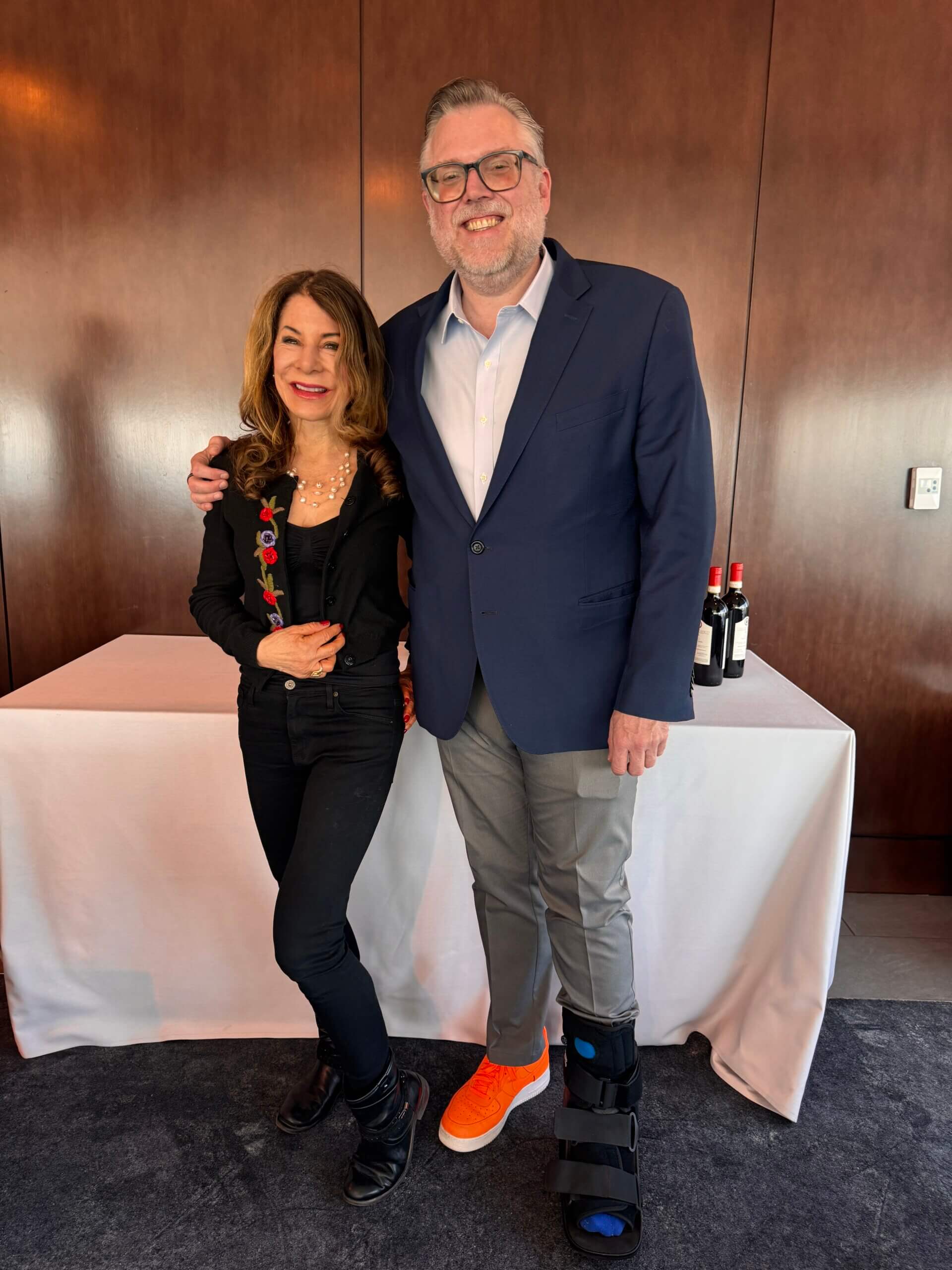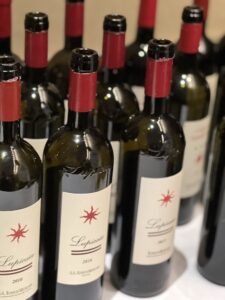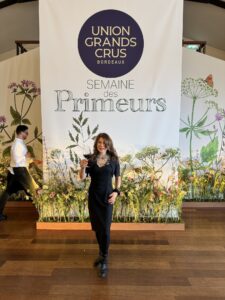Chianti Classico: NYC Grand Tasting
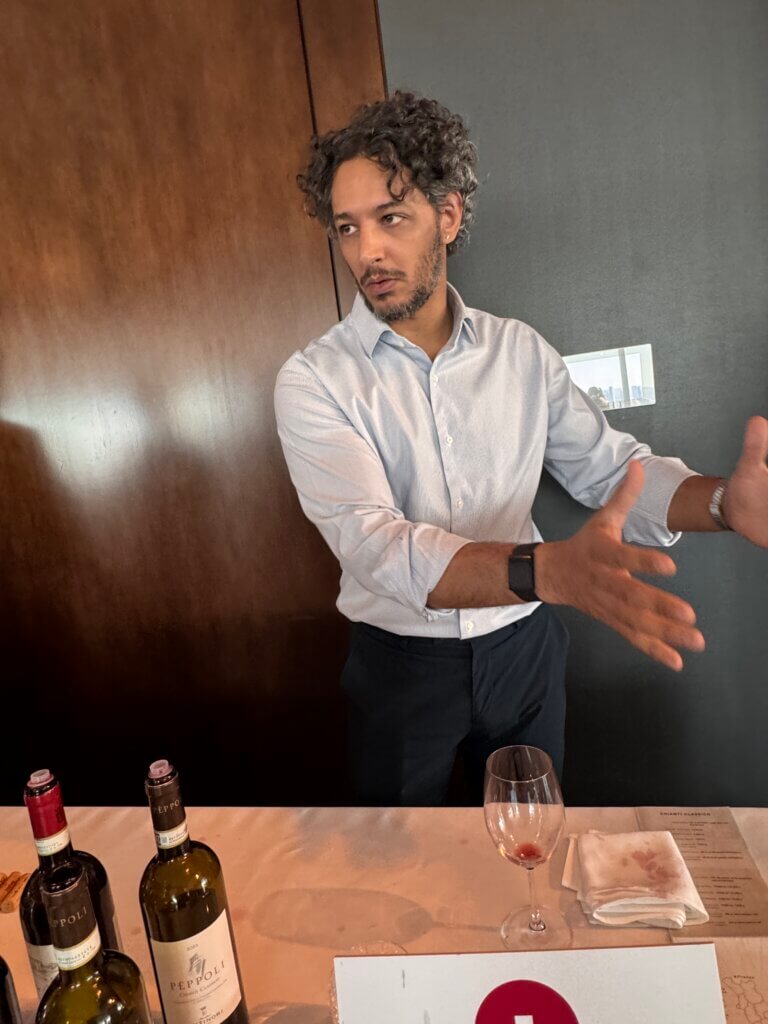
Chianti Classico Grand Tasting, New York City
Chianti Classico has long been one of Italy’s most revered wine regions—one grounded in tradition but increasingly conscious of the future.
I’m writing today from the vantage point of a seasoned wine journalist who’s walked the vineyards and, more recently, attended the spectacular Anteprime di Toscana 2025 held in Italy.
For nearly two decades, I’ve observed the nuances of this zone, from its limestone-rich galestro soils to its ever-emerging stylistic ambition.
Yet, even as the wines continue to reach new heights, the question of how to communicate this evolution remains. This is especially true for the millennial consumer who may not yet be discovering what Chianti Classico has to offer.
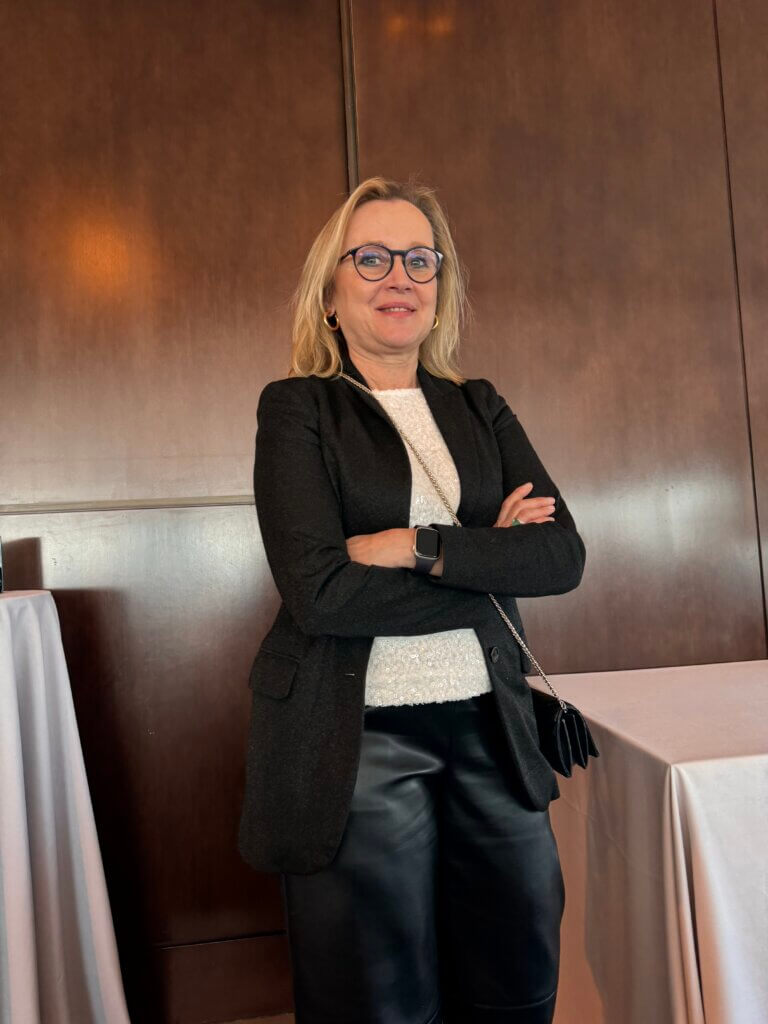
Chianti Classico: Heritage Meets Hype
At the recent Chianti Classico Grand Tasting in New York City, millennials and Chianti Classico were subjects on many minds of trade professionals.
Chianti Classico: Heritage Meets Hype – A Fresh Take
The seminar brought together a panel of sommeliers and restaurant owners from New York’s trendiest establishments, alongside moderator Jeff Porter, USA Ambassador to the Chianti Classico region.
Mr. Porter, whose insights into Italian wine need little introduction to anyone in the trade, was especially engaging.
The panel was candid, bright, and at times unexpectedly funny—particularly when labels became the topic of conversation.
Perception vs. Potential: Can Chianti Classico Reach Millennials?
In some contemporary NYC wine bars—especially those favored by younger, urban clientele—panelists discussed whether Chianti Classico had a reputation as a traditional wine consumed by the over-30 crowd.
While this made some attendees smile knowingly, the sentiment struck a chord.
Several panelists noted that younger drinkers associate Chianti with old-school red-checkered trattorias and gilded, baroque labels rather than something fresh, vibrant, and their own.
As someone who spent a year researching millennial wine consumption for my OIV MSc thesis, the moment resonated deeply.
The good news is that, to me, while some labels could use updating, the fresh, often fruit-oriented flavors of Chianti Classico are appreciated by quality-loving wine consumers of all generations.
Chianti Classico’s Marketing Opportunity
While the region’s identity is deeply rooted in its medieval towns, family-run estates, and the unmistakable black rooster seal, panelists noted the region is receiving new acceptance by younger consumers.
There was mutual agreement among panelists that Chianti Classico still enjoys strong name recognition, particularly due to its accessibility and food-friendliness.
Gran Selezione—the region’s top-tier classification introduced in 2014—was noted as a double-edged sword.
On one hand, it represents an apex of quality and site-specific winemaking. Yet panelists voiced that consumers may need more clarification on what sets Gran Selezione apart from Riserva and Annata.
Panelists agreed the opportunity for the Chianti Classico region lies not simply in producing compelling wines but in demystifying them.
A Primer for Context: The Three Tiers
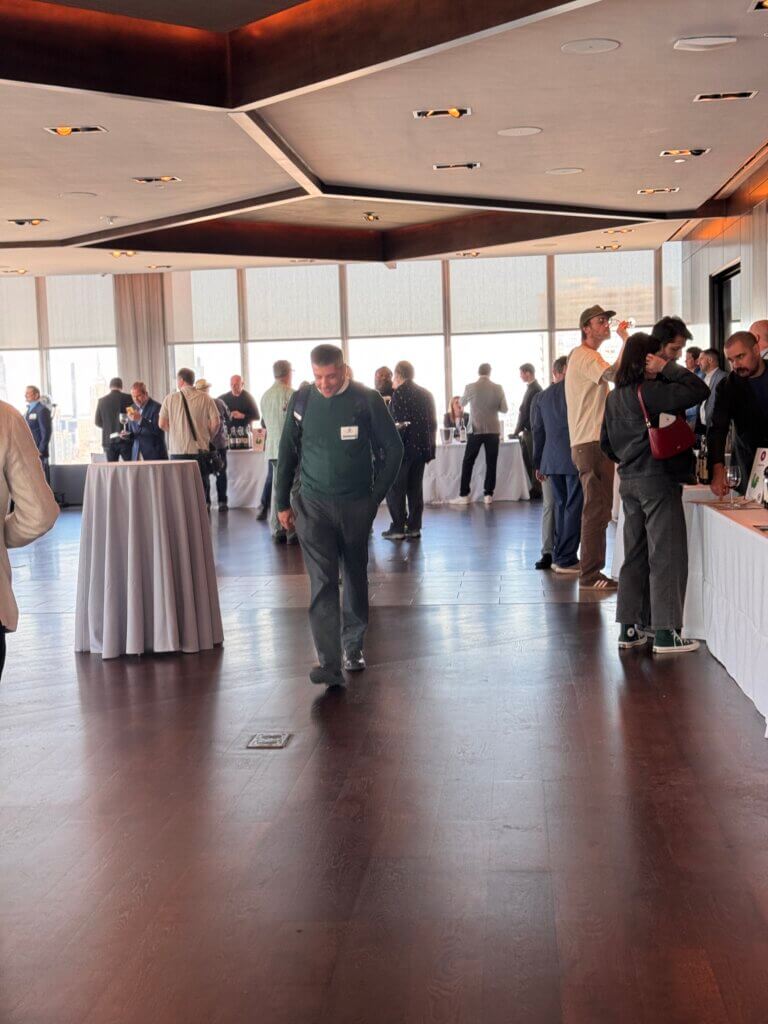
For the uninitiated, Chianti Classico’s quality pyramid includes:
- Annata (Vintage): The entry-level category, typically fresh and fruit-driven, released after a minimum of 12 months of aging.
- Riserva: A tier above, requiring at least 24 months of aging—often in oak—plus bottle aging. These wines show deeper structure and aging potential.
- Gran Selezione: The pinnacle. Sourced from a producer’s best vineyards and aged a minimum
- Chianti Classico’s Marketing Opportunity
- While the region’s identity is deeply rooted in its medieval towns, family-run estates, and the unmistakable black rooster seal, panelists noted the region is receiving new acceptance by younger consumers.
- There was mutual agreement among panelists that Chianti Classico still enjoys strong name recognition, particularly due to its accessibility and food-friendliness.
Gran Selezione—the region’s top-tier classification introduced in 2014—was noted as a double-edged sword. - On one hand, it represents an apex of quality and site-specific winemaking. Yet panelists voiced that consumers may need more clarification on what sets Gran Selezione apart from Riserva and Annata.
Panelists agreed the opportunity for the Chianti Classico region lies not simply in producing compelling wines but in demystifying them.f 30 months. These wines aim to express terroir purity and a high-level commitment to quality.
Understanding these classifications creates a framework for appreciating the stylistic spectrum and value offered by Chianti Classico—especially as discerning consumers become more curious and informed.
Chianti Classico Terroir: A Landscape That Elevates Sangiovese
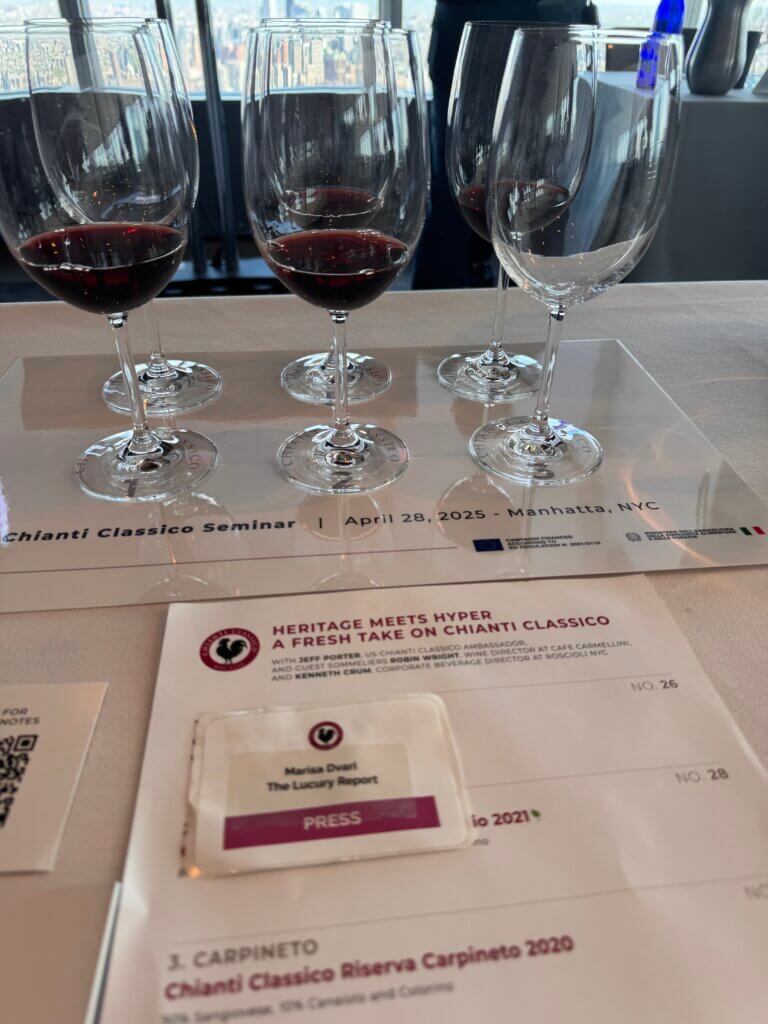
Chianti Classico Terroir: A Landscape That Elevates Sangiovese
Chianti Classico spans a complex mosaic of soils and elevations that give dimension to its wines.
From galestro, a flaky marl and sandstone mix that lends elegance and aromatic lift, to the harder alberese limestone that contributes to structure and longevity, the region is anything but monolithic.
Spanning elevations from 250 to 600 meters, vineyards experience cool nights and warm days, allowing Sangiovese to ripen slowly and retain its characteristic acidity.
It’s this tension—between ripeness and restraint—that gives Chianti Classico its balance and charm across tiers and producers.
The wines may vary, but the best examples channel this sense of place through bright cherry tones, earthy undertones, and a finish that lingers long after the glass is empty.

